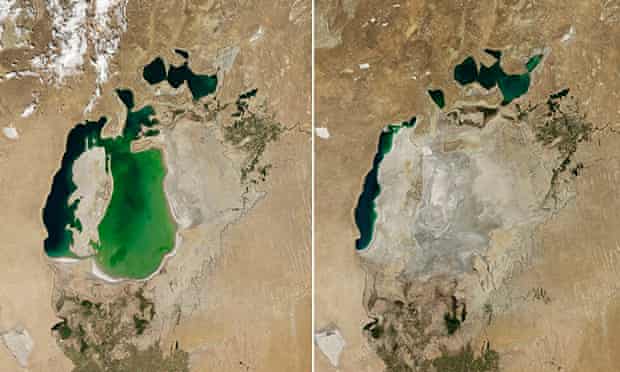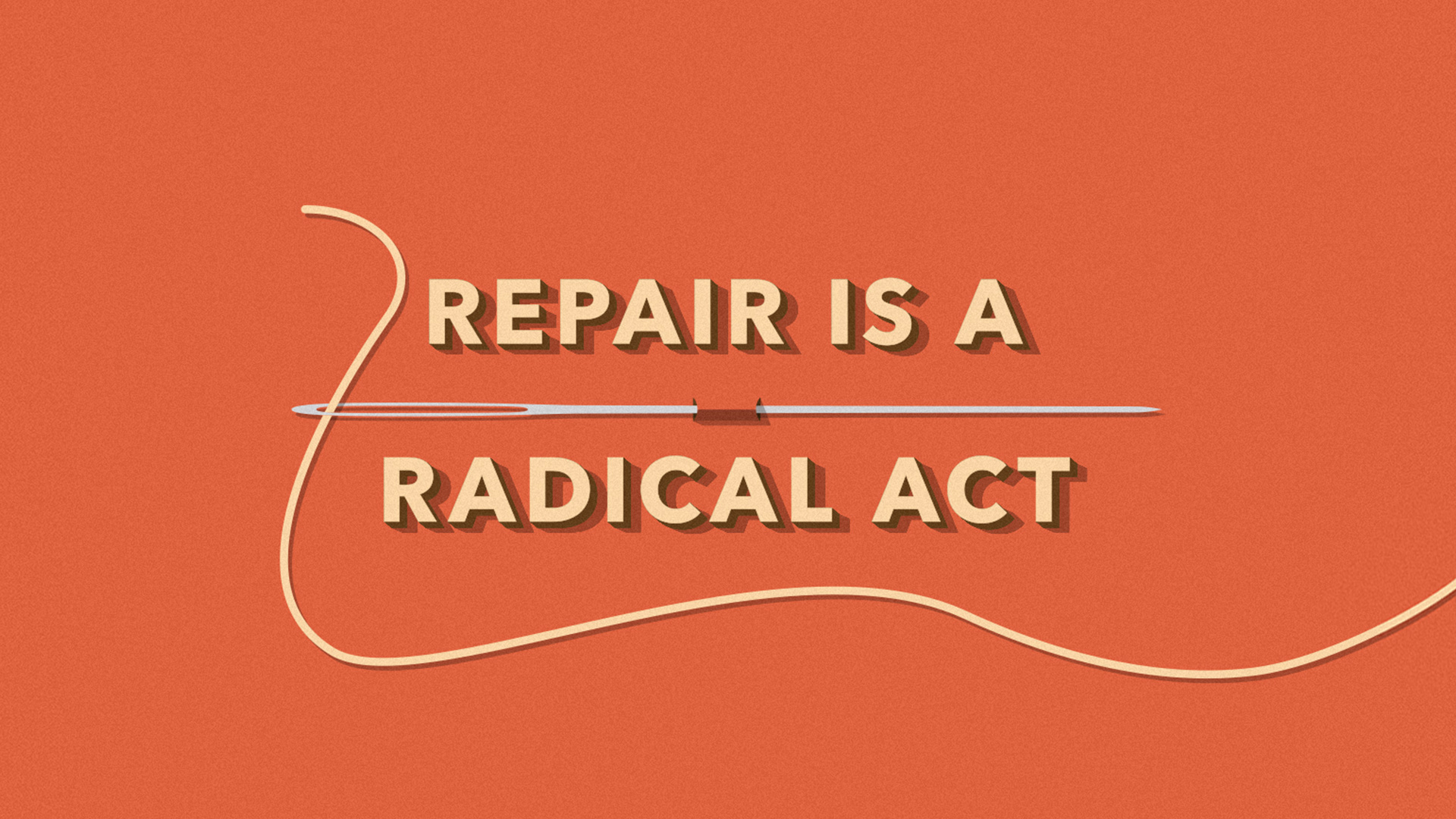ROSE DODD looks at sustainable style in the contemporary fashion market.
The global fashion industry is currently worth 3,000 billion US dollars, with a revenue of 534,872 million US dollars, and an expected annual growth rate of 10.7%. With such an immense amount of money comes an immense number of jobs. In 2017, the industry was said to be employing 3,384 million people. People all over the world are living off the fashion industry as it produces textiles, garments, and footwear, providing the consumer with what they want, when they want it. Fashion is faster than ever. So it’s all good then… isn’t it?
It comes as a surprise to find that the fashion industry is actually the second largest industry contributing to pollution. Mass production always comes with its trade offs. The production of cotton uses much of our valuable water; it takes 1,800 gallons to produce a single pair of jeans. At first glance the vast scale of the ocean would make it seem that we are not running out of water, when in fact we are. The Aral Sea, located between Kazakhstan and Uzbekistan, has shrunk dramatically due to large scale cotton production in the area over the last 50 years. Just 25% of the lake’s original area remains, with a mere 10% of its original water volume. Mass production isn’t just affecting the history or scenery of the area; it is affecting the climate, the food supply, the fishing industry and the lives of the civilians who call this part of the world home.

This is not the only example of how the fashion industry contributes to environmental destruction. The expression ‘out with the old, in with the new’ is very relevant when thinking about our wardrobes. People do not have enough space to hoard every piece of clothing ever purchased, and those discarded often end up in already saturated landfill sites. In 2016, 300,000 tonnes of clothes were disposed of, and most fabrics take an average of 25-40 years to decompose. Not only are these sites contributing to the destruction of ecosystems and animal habitats, they are also leaching chemicals into the soil and polluting water sources.
Now, let’s take this to the factories. Often, clothes are manufactured in countries like India, Vietnam, the Philippines, and Indonesia. Many clothing companies today use sweatshop labour – evidence published as recently as 2016 shows that companies including H&M and Gap continue to employ workers under extremely inadequate work conditions and with employees of all ages being severely underpaid. These circumstances are conducive not just to the exploitation of workers, but also to the exploitation of natural resources. Many of the factories producing clothes for big-label brands turn a blind eye to how waste is dealt with. As a result, waste is often deposited in the soil, rivers and the lakes. Animals, land, and ecosystems becomes contaminated.
Sustainability in fashion is a complex issue because of what fashion means to us. Fashion isn’t just what we wear; it is art, an output of emotion, inspiration, and power. Fashion is a visual form of self-expression. It is a way of being who you want to be. The creation of these fast fashion brands has allowed for anyone to follow trends at an affordable price. But it is simply not sustainable.

So what can be done? An individual alone may take a stand to become a vital part of the movement to solve this vast global problem, but change will be seen when we stand together. The more people understand the issues and begin taking action, the larger the changes we can expect. We need to think about what we are buying before potentially condoning and contributing to the decline of our planet’s wellbeing. Think about the quality of the piece and how long it will last. Think about whether the item is essential. Think about how long it will be worn before it is discarded. Rather than throwing away unwanted items, give them to charity shops. Or, make some money selling items on sites such as eBay and Depop. By using such sites, we can alleviate problems related to the production and disposal of clothes. Over the past decade, vintage sportswear and designer wear has become a very apparent trend, with thrift shops, charity shops and second hand selling platforms being the best way to buy these used pieces. Such a trend might help us to save our planet.
It is essential that we do our part, as big brands need to do theirs. Companies such as Levi’s are working on producing denim made of cotton that uses less water. ASOS and other brands are working to ensure factories in countries such as Indonesia are not releasing waste products into rivers or the ocean. Patagonia has developed a number of missions to become a responsible company, which include supporting regenerative agriculture practices, developing green buildings to use as stores, and recycling and repairing products. Designers are using natural, recyclable, biodegradable and eco-fabrics in collections. Other companies such as Nike, have come up with green initiatives and aims. We are seeing a change, but it is slow. The question is, will people realise the scale of the damage on the environment before we lose our most precious piece of art, planet earth?
Featured image courtesy of Bethany Williams.





